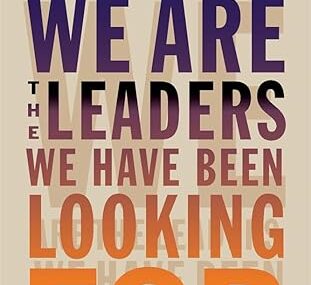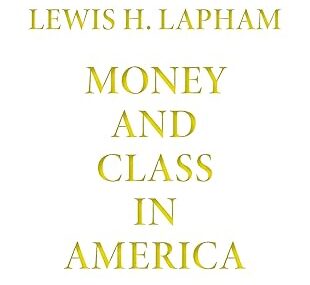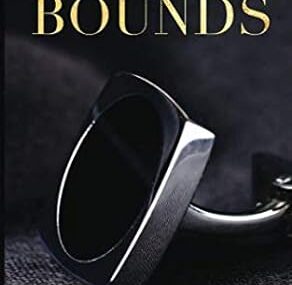Heading to Chicago, Eckstine joined Earl Hines’ Grand Terrace Orchestra in 1939, staying with the band as vocalist and trumpeter until 1943. By that time, Eckstine had begun to make a name for himself through the Hines band’s juke-box hits such as “Stormy Monday Blues”, and his own “Jelly Jelly.”
In 1944, Eckstine formed his own big band and it became the finishing school for adventurous young musicians who would shape the future of jazz. Included in this group were Dizzy Gillespie, Dexter Gordon, Miles Davis, Art Blakey, Charlie Parker, and Fats Navarro, as well as vocalist Sarah Vaughan. Tadd Dameron, Gil Fuller, and Jerry Valentine were among the band’s arrangers. The Billy Eckstine Orchestra is considered to be the first bop big-band, and had Top Ten chart entries that included “A Cottage for Sale” and “Prisoner of Love”. Both were awarded a gold disc by the RIAA.
Dizzy Gillespie, in reflecting on the band in his 1979 autobiography To Be or Not to Bop, gives this perspective: “There was no band that sounded like Billy Eckstine’s. Our attack was strong, and we were playing bebop, the modern style. No other band like this one existed in the world.” In 1946 Eckstine starred as the hero in the musical film Rhythm in a Riff, which also starred Ann Baker and Lucky Millinder.
Eckstine became a solo performer in 1947, with records featuring lush sophisticated orchestrations. Even before folding his band, Eckstine had recorded solo to support it, scoring two million-sellers in 1945 with “Cottage for Sale” and a revival of “Prisoner of Love”. Far more successful than his band recordings, these prefigured Eckstine’s future career. Eckstine would go on to record over a dozen hits during the late 1940s. He signed with the newly established MGM Records and had immediate hits with revivals of “Everything I Have Is Yours” (1947), Rodgers and Hart’s “Blue Moon” (1948), and Juan Tizol’s “Caravan” (1949).
Eckstine had further success in 1950 with Victor Young’s theme song to “My Foolish Heart,” and the next year with a revival of the 1931 Bing Crosby hit, “I Apologize”.
His 1950 appearance at the Paramount Theatre in New York City drew a larger audience than Frank Sinatra at his Paramount performance.
In 1951, Eckstine performed at the seventh famed Cavalcade of Jazz concert held at Wrigley Field in Los Angeles which was produced by Leon Hefflin, Sr. on July 8. Also featured were Lionel Hampton and his Revue, Percy Mayfield, Jimmy Witherspoon, Joe Liggins’ Honeydrippers, and Roy Brown.
Eckstine was the subject of a three-page profile in the 25 April 1950 issue of LIFE magazine, in which the photographer Martha Holmes accompanied Eckstine and his entourage during a week in New York City.[13] One photograph taken by Holmes and published in LIFE showed Eckstine with a group of white female admirers, one of whom had her hand on his shoulder and her head on his chest while she laughed. Eckstine’s biographer Cary Ginell, wrote of the image that Holmes “…captured a moment of shared exuberance, joy, and affection, unblemished by racial tension.”[14] Holmes would later describe the photograph as the favorite of the many she had taken in her career as it “…told just what the world should be like”.[14] The photograph was considered so controversial that an editor at LIFE sought personal approval from Henry Luce, the magazine’s publisher, who said it should be published.[15] The publication of the image caused letters of protest to be written to the magazine, and singer Harry Belafonte subsequently said of the publication that “When that photo hit, in this national publication, it was if a barrier had been broken”.[16] The controversy that resulted from the photograph had a seminal effect on the trajectory of Eckstine’s career. Tony Bennett would recall that “It changed everything…Before that, he had a tremendous following…and it just offended the white community”, a sentiment shared by pianist Billy Taylor who said that the “coverage and that picture just slammed the door shut for him”.



